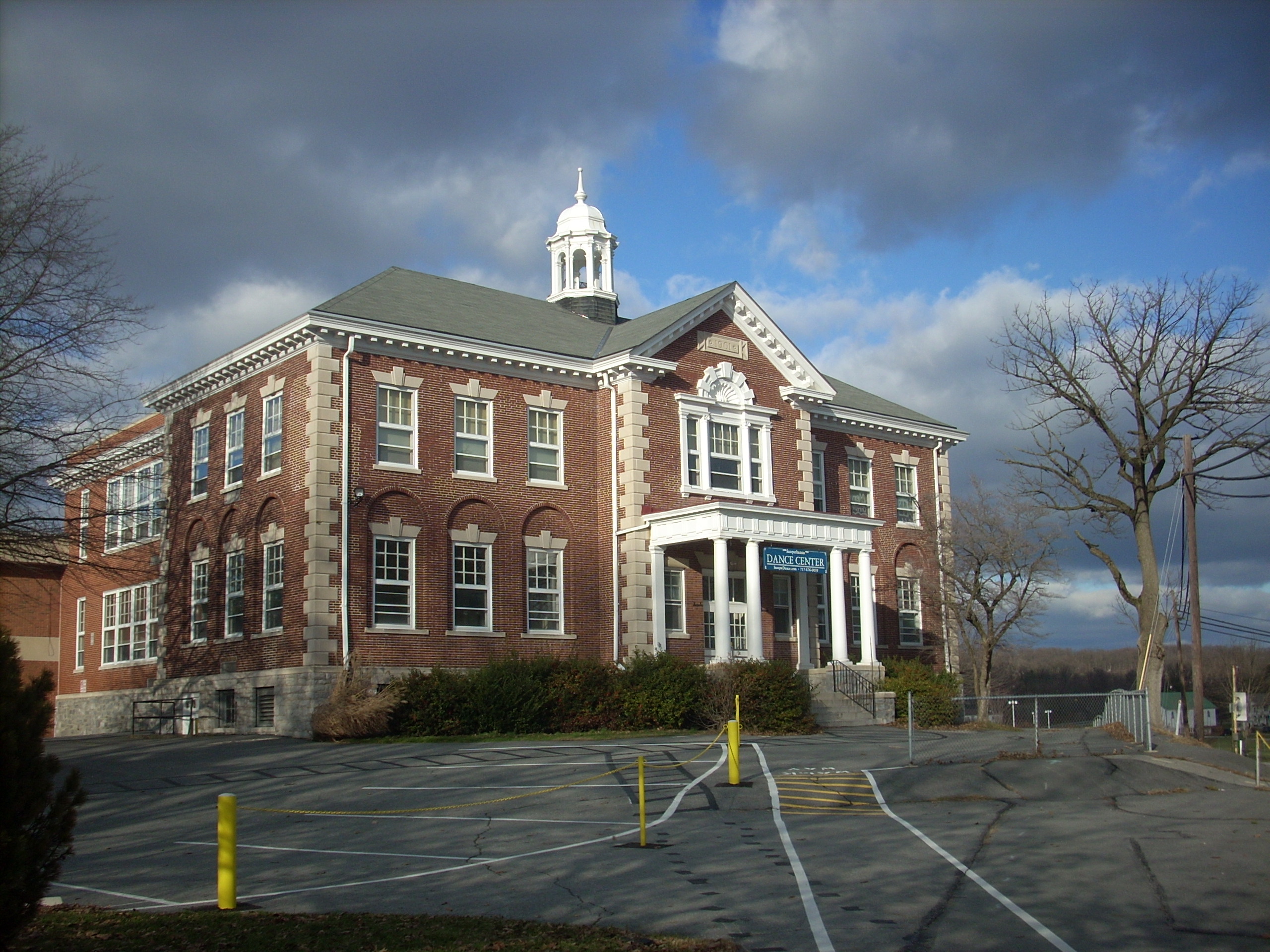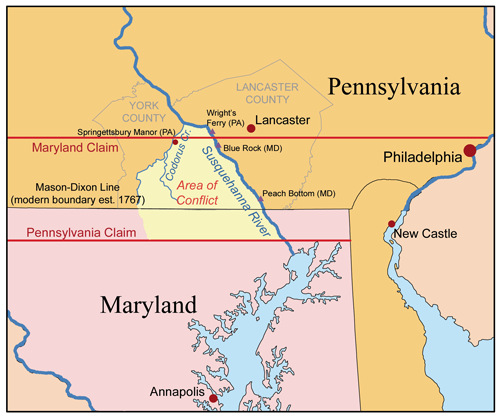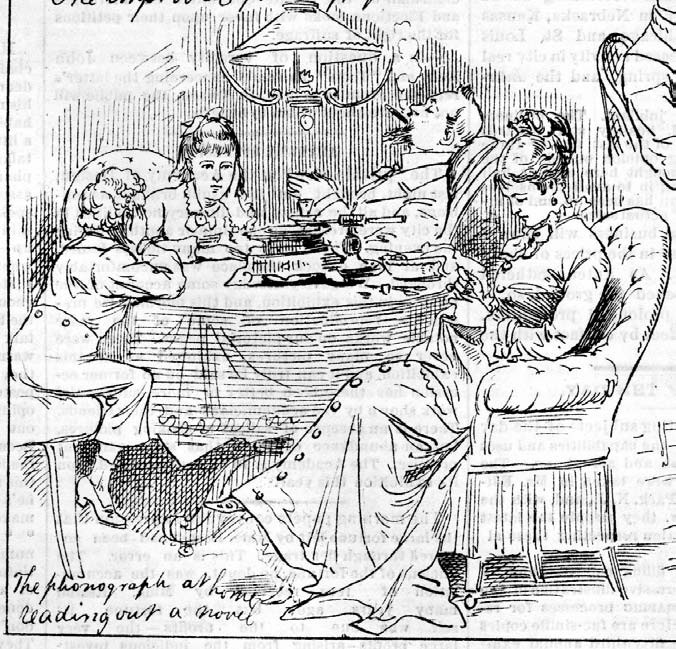|
Library System Of Lancaster County
The Library System of Lancaster County (LSLC) is a federated system, which serves 519,462 residents in Lancaster County, Pennsylvania. It is made up of a consortia of 14 member libraries, two branches and a bookmobile. LSLC was established in April 1987 to provide well-coordinated, countywide services and cooperative programs to assist member libraries in meeting the diverse needs of its residents. The LSLC support and centralized services include (public Internet access, a shared online public access catalog (OPAC) system, subscription to database- and online homework-help research services, consulting services, continuing education training in internal library operations (including budgeting and accounting), governance, business-information services, youth services, public relations, assistance with countywide programs and services, technology support (including WANs – wide area networks – and LANs with servers for managing telecommunications), web hosting, email, calendars ... [...More Info...] [...Related Items...] OR: [Wikipedia] [Google] [Baidu] |
Lancaster County, Pennsylvania
Lancaster County (; Pennsylvania Dutch: Lengeschder Kaundi), sometimes nicknamed the Garden Spot of America or Pennsylvania Dutch Country, is a county in the Commonwealth of Pennsylvania. It is located in the south central part of Pennsylvania. As of the 2020 census, the population was 552,984. Its county seat is Lancaster. Lancaster County comprises the Lancaster, Pennsylvania metropolitan statistical area. Lancaster County is a tourist destination with its Amish community a major attraction. Contrary to popular belief, the word "Dutch" in "Pennsylvania Dutch" is not a mistranslation, but rather a corruption of the Pennsylvania German endonym ''Deitsch'', which means "Pennsylvania Dutch / German" or "German". Ultimately, the terms Deitsch, Dutch, Diets, and Deutsch are all cognates of the Proto-Germanic word meaning "popular" or "of the people". The continued use of "Dutch" instead of "German" was strengthened by the Pennsylvania Dutch in the 19th century as a way of distin ... [...More Info...] [...Related Items...] OR: [Wikipedia] [Google] [Baidu] |
Mountville, Pennsylvania
Mountville is a borough in Lancaster County, Pennsylvania, United States. The population was 3,022 at the 2020 census, up from 2,802 at the 2010 census. The original Charles Chips potato chip factory was located here. Geography Mountville is located in western Lancaster County at (40.039797, -76.432433). U.S. Route 30, a four-lane freeway, passes through the northern part of the borough, with access from College Avenue at the northeast edge of town. US 30 leads east to the northern part of Lancaster, the county seat, and west to York. Pennsylvania Route 462 runs through the center of Mountville as Columbia Avenue; it leads east to the center of Lancaster and west to Columbia. According to the United States Census Bureau, Mountville has a total area of , of which , or 0.12%, are water. The east side of Mountville is drained by the West Branch of Little Conestoga Creek, a south-flowing tributary of the Conestoga River and part of the Susquehanna River watershed. The west si ... [...More Info...] [...Related Items...] OR: [Wikipedia] [Google] [Baidu] |
DVDs
The DVD (common abbreviation for Digital Video Disc or Digital Versatile Disc) is a digital optical disc data storage format. It was invented and developed in 1995 and first released on November 1, 1996, in Japan. The medium can store any kind of digital data and has been widely used for video programs (watched using DVD players) or formerly for storing software and other computer files as well. DVDs offer significantly higher storage capacity than compact discs (CD) while having the same dimensions. A standard DVD can store up to 4.7 GB of storage, while variants can store up to a maximum of 17.08 GB. Prerecorded DVDs are mass-produced using molding machines that physically stamp data onto the DVD. Such discs are a form of DVD-ROM because data can only be read and not written or erased. Blank recordable DVD discs (DVD-R and DVD+R) can be recorded once using a DVD recorder and then function as a DVD-ROM. Rewritable DVDs (DVD-RW, DVD+RW, and DVD-RAM) can be recorded and erase ... [...More Info...] [...Related Items...] OR: [Wikipedia] [Google] [Baidu] |
Audiobook
An audiobook (or a talking book) is a recording of a book or other work being read out loud. A reading of the complete text is described as "unabridged", while readings of shorter versions are abridgements. Spoken audio has been available in schools and public libraries and to a lesser extent in music shops since the 1930s. Many spoken word albums were made prior to the age of cassettes, compact discs, and downloadable audio, often of poetry and plays rather than books. It was not until the 1980s that the medium began to attract book retailers, and then book retailers started displaying audiobooks on bookshelves rather than in separate displays. Etymology The term "talking book" came into being in the 1930s with government programs designed for blind readers, while the term "audiobook" came into use during the 1970s when audiocassettes began to replace phonograph records. In 1994, the Audio Publishers Association established the term "audiobook" as the industry standard. H ... [...More Info...] [...Related Items...] OR: [Wikipedia] [Google] [Baidu] |
Large Print
Large-print (also large-type or large-font) refers to the formatting of a book or other text document in which the typeface (or font) are considerably larger than usual to accommodate people who have low vision. Frequently the medium is also increased in size to accommodate the larger text. Special-needs libraries and many public libraries will stock large-print versions of books, along with versions written in Braille. The font size for large print is typically at least 18 points in size, equivalent to 24px for a web CSS font size. Different sizes are made to suit different visual needs, with a common rule of thumb to be at least twice the minimum acuity size. Publishing standards The American National Association for Visually Handicapped (NAVH) provides the NAVH Seal of Approval to commercial publishers in the US, for books that meet their large print standards. (Lighthouse International acquired NAVH in 2010.) The standards call for: * Maximum limits on size, thickness, an ... [...More Info...] [...Related Items...] OR: [Wikipedia] [Google] [Baidu] |
Preschool
A preschool, also known as nursery school, pre-primary school, or play school or creche, is an educational establishment or learning space offering early childhood education to children before they begin compulsory education at primary school. It may be publicly or privately operated, and may be subsidized from public funds. Information Terminology varies by country. In some European countries the term "kindergarten" refers to formal education of children classified as '' ISCED level 0'' – with one or several years of such education being compulsory – before children start primary school at ''ISCED level 1''. The following terms may be used for educational institutions for this age group: *Pre-Primary or Creche from 6 weeks old to 6 years old- is an educational childcare service a parent can enroll their child(ren) in before primary school. This can also be used to define services for children younger than kindergarten age, especially in countries where kindergarten is ... [...More Info...] [...Related Items...] OR: [Wikipedia] [Google] [Baidu] |
Strasburg, Pennsylvania
Strasburg is a borough in Lancaster County, Pennsylvania. It developed as a linear village stretching about along the Great Conestoga Road, later known as the Strasburg Road.Susan M. Zacher, NRHP Nomination Form Strasburg/ref> The population was 3,132 at the 2020 census. The town was named after the French city of Strasbourg, the native home of an early settler. The town is often called "Train Town USA" because of the many railroad attractions in and around town, including the Strasburg Rail Road and the Railroad Museum of Pennsylvania. Much of the movie ''Witness'' was filmed on a farm nearby. Much of the borough was listed as a historic district by the National Register of Historic Places in 1983. History The Old Conestoga Road was in use by 1714, and by 1750 a tavern and some log houses were built near the current site of Strasburg. The community grew as regional trade with Philadelphia grew. By 1759, there were 32 taxable properties in the town, including about ten hot ... [...More Info...] [...Related Items...] OR: [Wikipedia] [Google] [Baidu] |
Quarryville
Quarryville is a borough in Lancaster County, Pennsylvania, United States. The population was 2,852 at the 2020 census, up from 2,576 at the 2010 census. Geography Quarryville is located in southern Lancaster County at (39.895402, -76.162175). U.S. Route 222 passes through the borough, leading northwest to Lancaster, the county seat, and south to U.S. Route 1 in Conowingo, Maryland. Pennsylvania Route 372 (State Street) also passes through Quarryville, leading east to Parkesburg and west to its crossing of the Susquehanna River near Holtwood. Pennsylvania Route 472 (South Lime Street) leads southeast from Quarryville to Oxford. According to the United States Census Bureau, the borough of Quarryville has a total area of , of which , or 1.53%, are water. The borough is drained by the headwaters of the South Fork of Big Beaver Creek, a northwest-flowing tributary of Pequea Creek, itself a tributary of the Susquehanna River. Demographics As of the census of 2000, there we ... [...More Info...] [...Related Items...] OR: [Wikipedia] [Google] [Baidu] |
Gap, Pennsylvania
Gap is a census-designated place (CDP) and unincorporated community in Salisbury Township, Lancaster County, Pennsylvania, United States, with a ZIP code of 17527. The population was 1,931 at the 2010 census. U.S. Route 30 passes through the town, which is also the terminus for four Pennsylvania highways: 772, 741, 897, and the heavily used 41, which goes toward Wilmington, Delaware. Gap lies approximately east of Lancaster and west of Philadelphia. History Gap was named for its location at a low pass through Mine Ridge. Gap has a history which can be dated as far back as William Penn's first visits to the area. Isaac Taylor erected the first house in what would become Gap in 1747. The area around Gap had a copper mine and what at the time were the only nickel mines in the United States. From 1792, the Rising Sun Tavern stood on the Philadelphia–Lancaster Pike (which is now U.S. Route 30) and had a small village with blacksmith shop. Most of the buildings stood until cir ... [...More Info...] [...Related Items...] OR: [Wikipedia] [Google] [Baidu] |
Intercourse, Pennsylvania
Intercourse is an unincorporated area, unincorporated community and census-designated place (CDP) in Leacock Township, Lancaster County, Pennsylvania, Leacock Township, Lancaster County, Pennsylvania, Lancaster County, in the U.S. state of Pennsylvania, east of Lancaster on Pennsylvania Route 340. As of the 2020 United States census, 2020 census, the population was 1,494, up from 1,274 at the previous census. Intercourse is a popular site for tourism, tourists because of its location in Pennsylvania Dutch Country, Amish country and its sexual intercourse, sexually suggestive name. The movie ''Witness (1985 film), Witness'' was filmed in Intercourse as well as other parts of the surrounding area, and ''For Richer or Poorer'' was set there, though not filmed in Intercourse. Because of the town's unusual name, the sign posts for the town are street sign theft, frequently targeted by thieves. History Intercourse was founded in 1754. The community was originally named "Cross Keys", af ... [...More Info...] [...Related Items...] OR: [Wikipedia] [Google] [Baidu] |
Christiana, Pennsylvania
Christiana is a borough (Pennsylvania), borough in Lancaster County, Pennsylvania, United States. The population was 1,100 at the 2020 census. In 1851. it was the site of the Lancaster County, Pennsylvania#Slavery and the Christiana incident, Battle of Christiana, also called the Christiana riot. Geography Christiana is located in eastern Lancaster County at (39.955262, -75.996208). It is bordered to the north, west, and south by Sadsbury Township, Lancaster County, Pennsylvania, Sadsbury Township and to the east by West Sadsbury Township, Chester County, Pennsylvania, West Sadsbury Township in Chester County, Pennsylvania, Chester County. Pennsylvania Route 372 passes through the center of the borough, leading east to Parkesburg, Pennsylvania, Parkesburg and west to Quarryville, Pennsylvania, Quarryville. Lancaster, Pennsylvania, Lancaster is to the northwest via Pennsylvania Route 41, and U.S. Route 30. According to the United States Census Bureau, U.S. Census Bureau, the ... [...More Info...] [...Related Items...] OR: [Wikipedia] [Google] [Baidu] |
Marietta, Pennsylvania
Marietta is a borough in Lancaster County, Pennsylvania. The population was 2,633 at the 2020 census. It is located on the east bank of the Susquehanna River northwest of Columbia. Geography Marietta is located in western Lancaster County at (40.057169, -76.555955). It is bordered to the north, east, and west by East Donegal Township, and to the south, across the Susquehanna River, by Hellam Township in York County. According to the U.S. Census Bureau, the borough has a total area of , of which , or 0.93%, are water. Market Street runs the whole length of the town. The east/west divider is Waterford Avenue. Pennsylvania Route 441 passes just north of the borough and forms part of its northeast border; the highway leads southeast to Columbia and northwest (upriver) to Middletown. History In 1727, James Anderson made a lottery that laid out part of present-day Marietta. Later David Cook laid another portion of present-day Marietta. Further development by Jacob Grosh, John ... [...More Info...] [...Related Items...] OR: [Wikipedia] [Google] [Baidu] |





